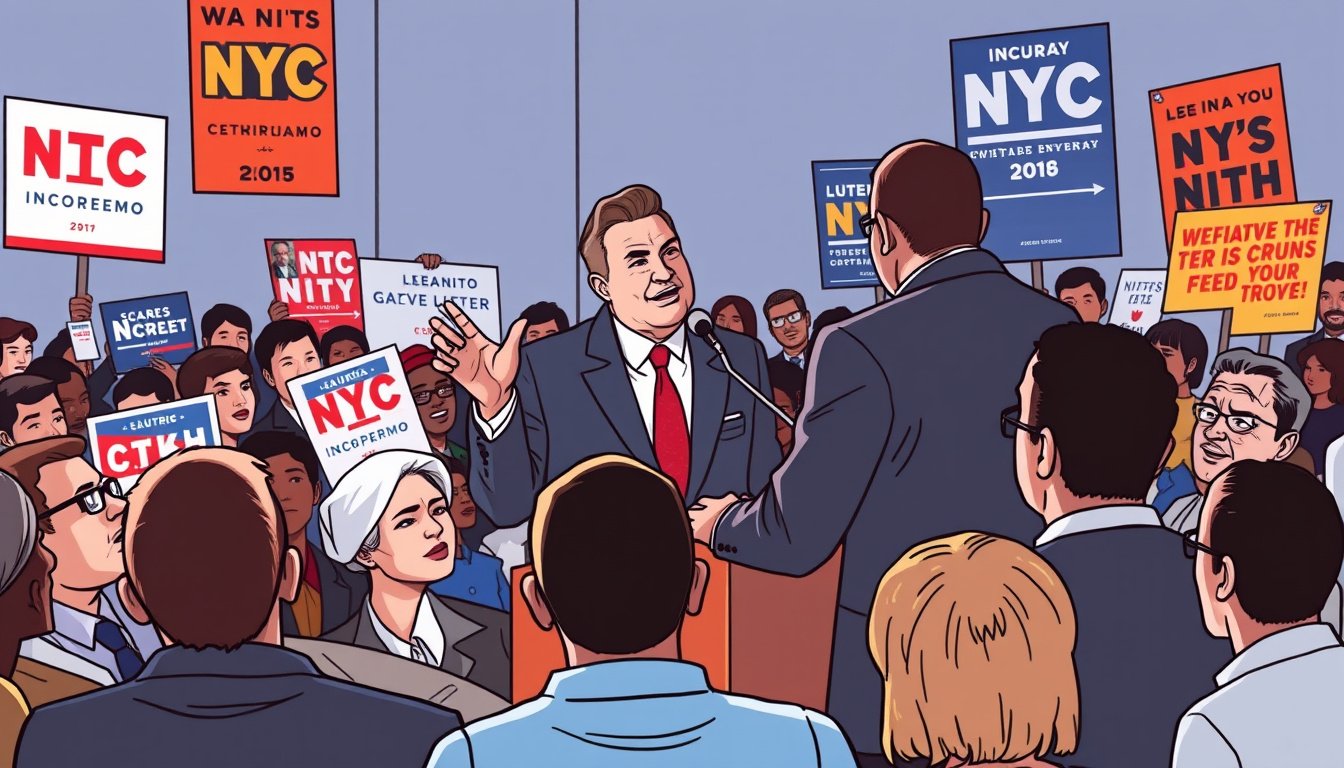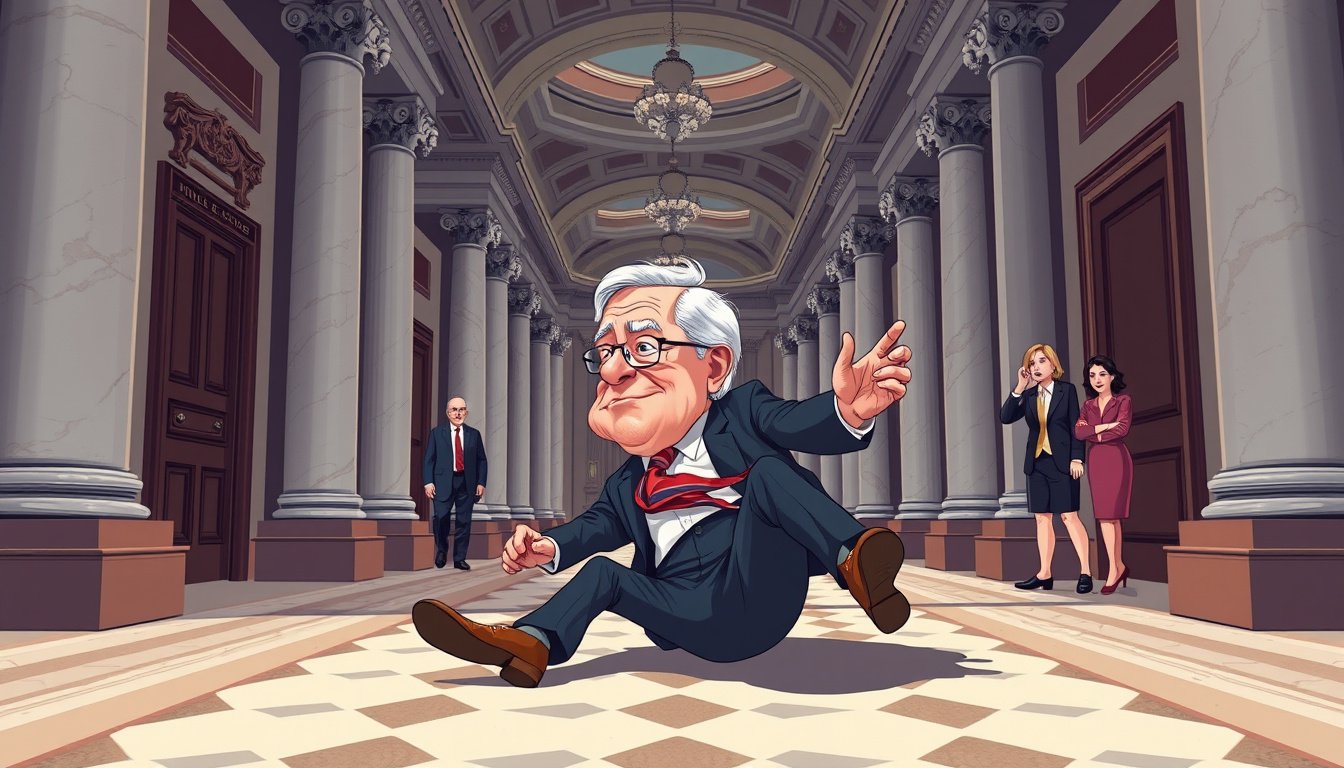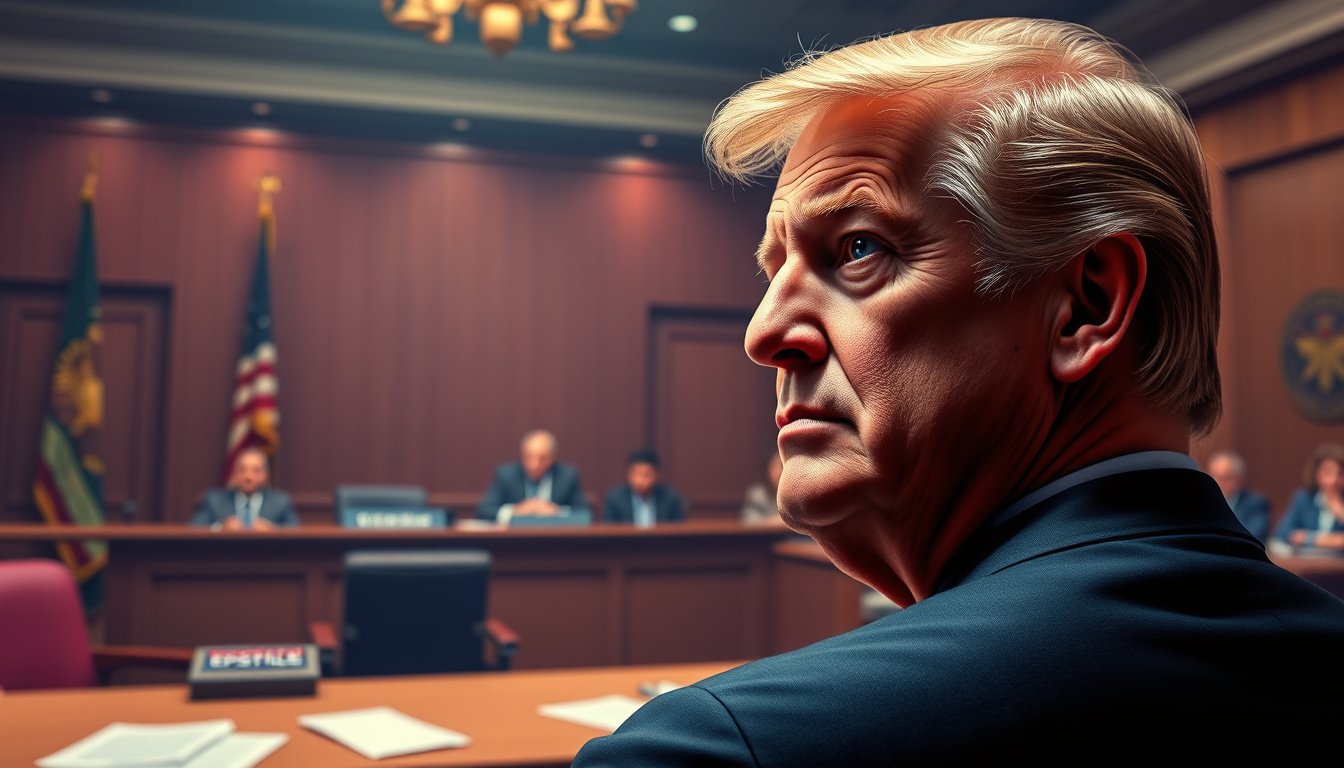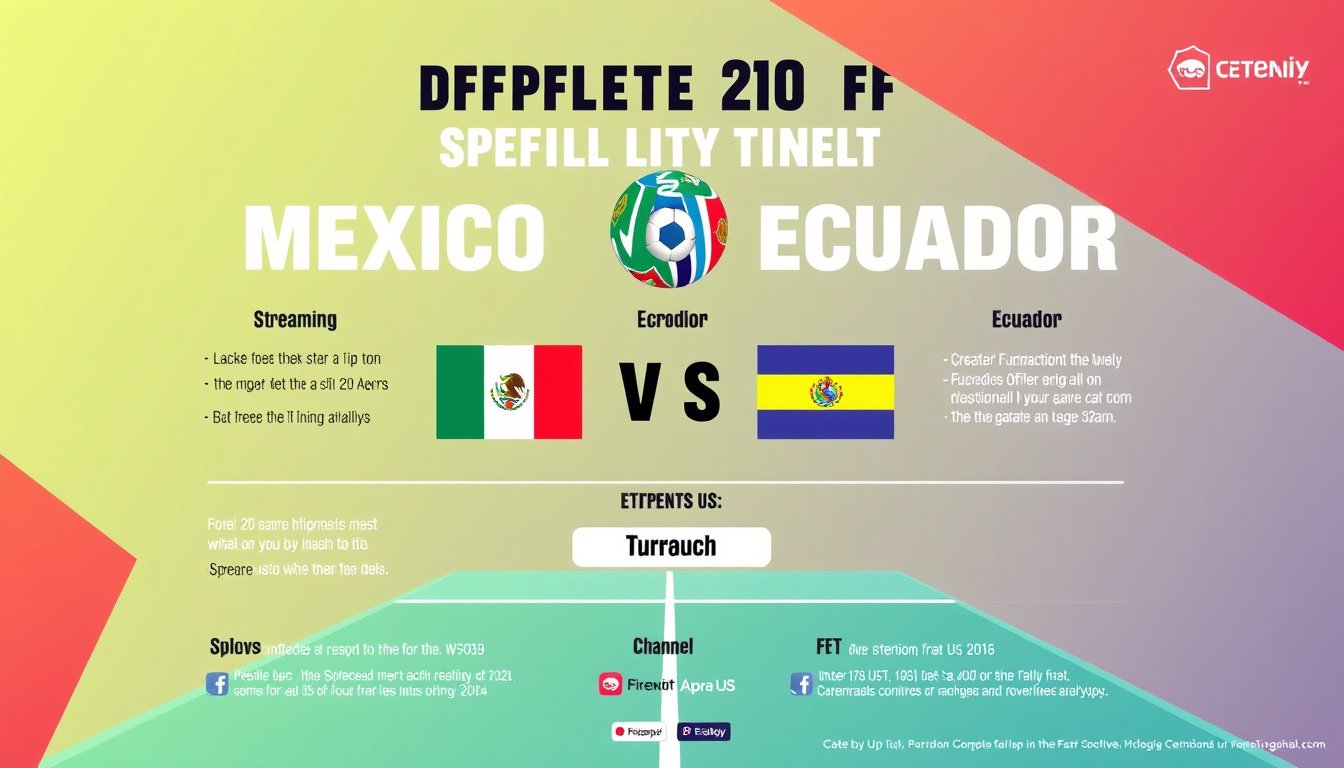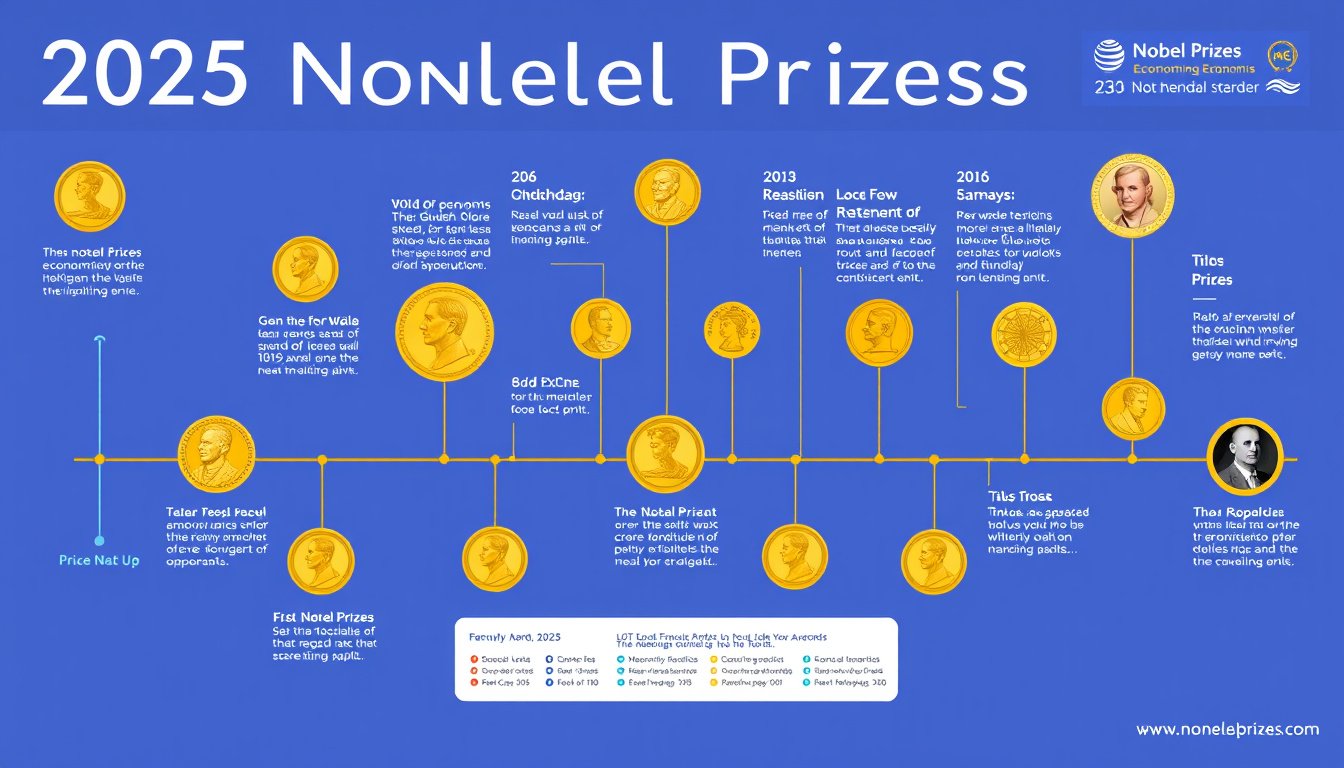The first mayoral debate of New York City’s 2025 election unfolded as a combative and intense contest among the three leading candidates: Democrat Zohran Mamdani, former Governor Andrew Cuomo, and Republican Curtis Sliwa. Each candidate sought to stake out their positions on critical issues facing the city and to win over voters ahead of the upcoming November election. Curtis Sliwa, in particular, distinguished himself with a determined and sometimes provocative approach, highlighting both his political stances and personal history.
1. Curtis Sliwa’s Aggressive Posture Against Rivals
While Mamdani and Cuomo exchanged pointed barbs over housing, experience, and integrity, Sliwa was adamant about making his voice heard despite polling challenges. He frequently criticized both Democrats, seeking to appeal to moderate and conservative voters. His pointed attacks on Cuomo centered on the former governor’s alleged failures, including his handling of sexual harassment allegations and pandemic policies, underscored by a sharp comparison to Cuomo’s father, Mario Cuomo. Sliwa questioned Cuomo’s ability to stand up to national figures like President Trump and suggested that Cuomo’s political era was over.
2. Evoking New York’s Past to Frame His Vision
Sliwa consistently referenced New York City history and culture, using specific examples that harkened back to earlier decades. He invoked the 1991 Crown Heights riots — a time of significant racial unrest in the city — to challenge Mamdani’s capacity to represent and protect all of New York’s communities, including Jewish voters. Additionally, he mentioned the 1990 Public Enemy song “911 Is A Joke” to criticize current emergency response systems, and praised former Gov. George Pataki, signaling a nostalgic appeal to a political style and vision from previous years.
3. A Contrarian Approach to City Transit
As a longtime leader of the Guardian Angels, a volunteer subway patrol organization, Sliwa took a surprisingly resistant stance on expanding subway services. He opposed extending the Second Avenue subway’s Q train to Harlem, positioning himself against a project that has drawn both support and criticism citywide. This opposition reflected his framing as a mayor closely aligned with public safety and pragmatic urban concerns rather than large infrastructure spending.
4. Personal Profile and Relatability
Unlike his opponents, Sliwa did not indulge in complicated policy details but anchored his debate presence in his personal narrative and straightforward criticisms. He revealed paying nearly $3,900 in Manhattan rent, underscoring his connection to the city’s high cost of housing but differentiating himself from his opponents’ housing situations. In a lighter moment, Sliwa candidly mentioned his use of medical marijuana following an injury sustained when he was shot in a taxi decades ago. This moment humanized him amidst the harsh political exchanges.
5. Strategic Positioning Against Mamdani
Though Sliwa attacked both competitors, he repeatedly targeted Mamdani’s ambitious plans to address affordability and social services, branding such initiatives as unrealistic “fantasies.” He appeared intent on casting doubt on Mamdani’s ability to fund expansive policies like universal child care and rent stabilization reforms, seeking to portray the younger Democrat as out of touch with the city’s fiscal realities.
Conclusion
Curtis Sliwa’s performance in the first NYC mayoral debate was marked by his combative energy, historical references, and a focus on public safety and fiscal conservatism. While he struggled for equal footing against the leading Democratic candidates, his sharp critiques of Cuomo and Mamdani demonstrated a clear intent to consolidate moderate and right-leaning voters. Whether this strategy will translate into electoral success remains to be seen, but Sliwa’s debate presence underscored his commitment to shaping the mayoral race’s narrative with his distinct voice. As the campaign continues, observers will be watching how his blend of past-focused appeals and confrontational rhetoric resonates with New Yorkers facing ongoing challenges.
